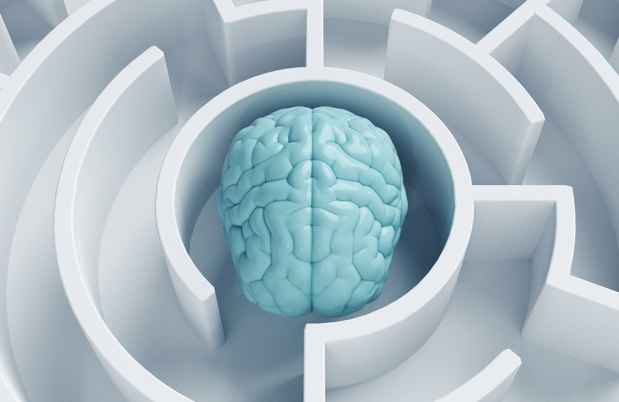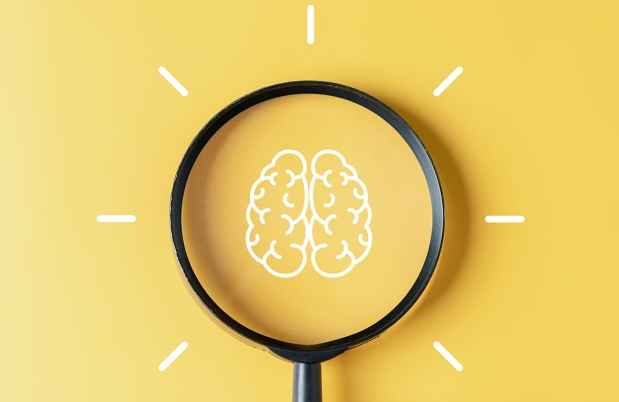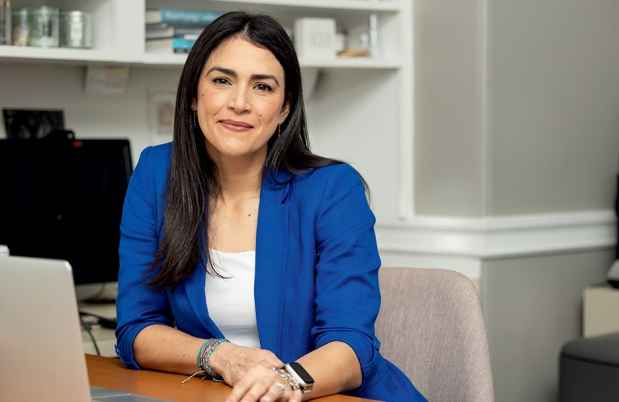Repetitive Transcranial Magnetic Stimulation for Suicide Prevention
Available with English captions and subtitles in Spanish.
Nolan Williams, MD, Stanford University School of Medicine, presents as part of the 2022 Suicide-Focused Assessment and Treatment: An Update for Professionals course.
Clinical Utilization of TMS
In his work, Williams has combined accelerated theta bursts with energy to guide the technology’s application magnet. In this talk, he describes a study he is starting to conduct on the use of repetitive transcranial magnetic stimulation (rTMS) in suicide prevention.
Watch now to learn more about:
- Why there is a need to develop rapid treatments for suicidal patients
- What rTMS is and how it evolved
- How researchers are refining rTMS treatment
“Oral antidepressants haven’t been borne out to affect suicidal ideation, and all of these drugs are slow,” Williams states. “We’re transitioning into a period of time in which the expectation is that we’re going to be treating folks in a manner of days instead of weeks or months.”
Williams states that rapid treatments are particularly relevant to people who are hospitalized for suicidal depression. There is an increased risk of suicide following a person’s hospitalization for a mood disorder.
Electroconvulsive therapy (ECT), the only treatment for depression geared towards the inpatient setting, is only available in 10% of U.S. psychiatric hospitals, and only one out of seven patients end up receiving ECT for a variety of reasons. Hospitals, and especially emergency departments, are overcrowded with people who need emergency treatment for suicidal behavior.
“I argue that in the future there may be another solution, one that is more of an engineering solution, that utilizes some of the systems of neuroscience,” Williams says.
Conventional TMS works by using a magnet to generate a current on a specific part of the brain.
A single pulse of a TMS coil does not change the circuitry of the brain. However, repetitive TMS (rTMS), in which the signal is sent over and over again, allows the current to communicate with the brain.
The earliest form of rTMS, used in the 1990s, used an inefficient type of code that wasn’t based on brain physiology, but on sets of human assumptions. With that, rTMS was able to produce a moderate effect on depression over a period of six weeks, which was effective but inefficient. One third of people remitted.
By the mid 2000s, researchers discovered they could send out a different kind of code that allowed them to send a signal of more neurobiological significance. The brain understood the code better, efficiency was improved, and much less time was needed to achieve the same effect of the original form of rTMS.
Three minutes of treatment with this newer version of rTMS was similar to 40 minutes of conventional rTMS given under the same six-week schedule. “However, such speed is still too slow for an emergency setting,” Williams points out.
Because of this, researchers have been looking for ways to make the speed of the intervention match the acuity of the illness. “For inpatient suicidal patients, six weeks will not work,” Williams states.
Researchers re-engineered rTMS at the level of the pulse to cram more information into the brain in a shorter period of time, and determined how much stimulation to give per session.
In their current study, Williams and his colleagues are using neuronavigation equipment to target individualized areas of the brain. They send 1,800 pulses during sessions lasting 10 minutes and repeat sessions every 60 minutes.
Patients have 10 sessions per day, over the course of five days. They receive 18,000 pulses per day with a total of 90,000 pulses over the five-day treatment period, greatly reducing the amount of time it takes to give the treatment to patients.
Williams shares, “It’s a reorganization in time in TMS, it’s a reorganization of space of TMS, and it’s a reorganization of dose, with the goal of treating people rapidly.”
Resources
You might also find this information useful:
- Suicide: Know the Signs and What To Do
- Suicide Prevention Resources
- Video: Clinical Use of Transcranial Magnetic Stimulation for Suicide Prevention
- Access to the full 2022 Suicide-Focused Assessment and Treatment Course
Learn more about the Current Status of Suicide-Focused Assessment and Treatment
About Nolan Williams
Dr. Nolan Williams is an assistant professor within the Department of Psychiatry and Behavioral Sciences at Stanford University School of Medicine and director of the Stanford Brain Stimulation Lab.
Results from his studies have gained widespread attention in journals such as Science and New England Journal of Medicine Journal Watch, as well as in the popular press and have been featured in various news sources including Time, Smithsonian, and Newsweek. Dr. Williams has also received two NARSAD Young Investigator Awards.



